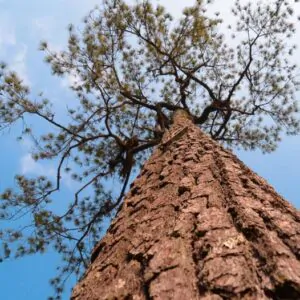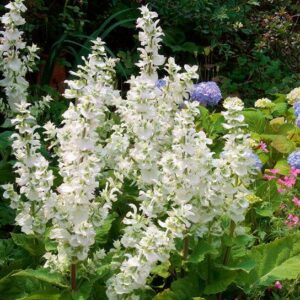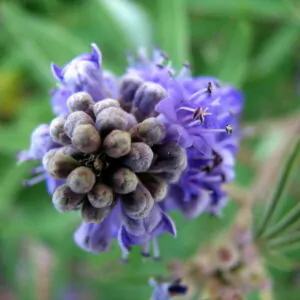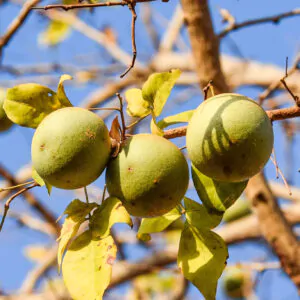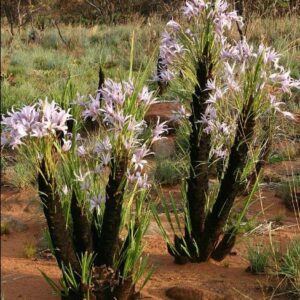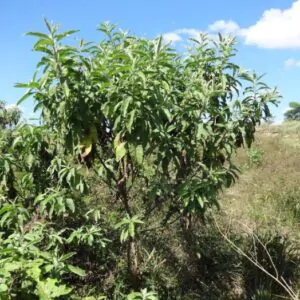$4.26
/ per pack
Choose seeds per pack:
Botanical nomenclature: pustula melaleuca
Common name: cranbrook paperbark, warty paperbark
Family: myrtaceae
Origin: tasmania
Height: between 2 and 3 meters height
Luminosity: full sun, half shadow
Threatened tasmania flower and rare in nature.
The species is edemic for the eastern coast of tasmania, near swansea, cranbrook, in a wide variety of habitats, from roadside, along water courses, coastals, coastal areas and river areas, .
The leaves have number oil glands and, when dry, the leaf sheps around these, leaving the oil glands appearing, like small drops in the leaves. There are no putules on live leaves. This phenomenon then resulted for botanical melaleuca pustulata nomenclature.
A small shrub or small tree, very ramified and densed and round. The flowers are yellow, yellow light and cumulated in the ramos, generally at the end of the rods and deliciously perfumed.
The species were listed as rare and threatened, species listed and protected since 1995. Many times confused with melaleuca armillaris (honey bracelet). The species today is kept in some reserves within that area.
The species has been widely used as a stockpile for grazing, particularly smaller shrubs.
Seeds usually germinate after burning, but often the high frequency of fires is detrimental for the seeds to survive.
Very rare species in culture, very fresh seeds.
A precious in acquisition for our collection.
| Weight | N/A |
|---|
